Heritage of the
Henry Eyring Center for Theoretical Chemistry
by Jack Simons
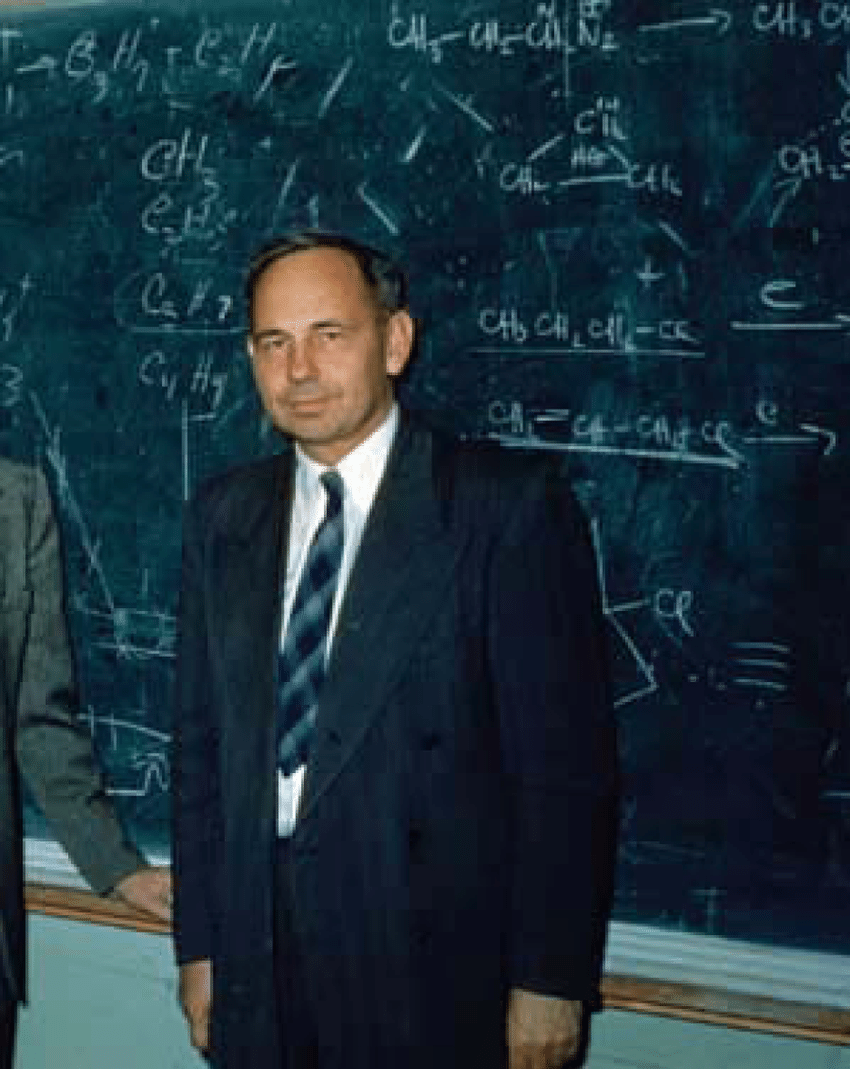
Henry Eyring was one of America’s first and greatest chemists to bring quantum mechanics and theory into chemistry research and education. He pursued research in the three major areas of theoretical chemistry of his time—quantum chemistry, statistical mechanics, and reaction dynamics—and he wrote textbooks in all of these areas, some of which remain popular today. Leaving Princeton to join the University of Utah Chemistry faculty in 1946, Eyring began our history of excellence in theoretical chemistry.
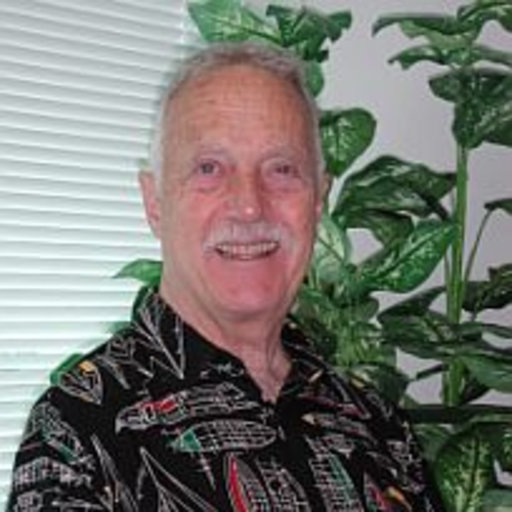
In 1967, Frank Harris joined HEC, as a joint appointment with our Physics Department, and added prestige to our work in electronic structure theory.
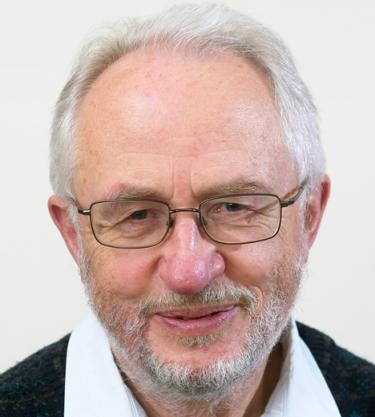
Soon thereafter (1968), Josef Michl joined us and contributed much to theory efforts relating to organic photochemistry.
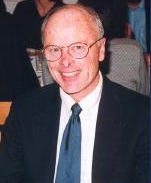
In 1971, Jack Simons was appointed to our faculty and pursued electronic structure theory, especially relating to molecular anions and electron-molecule interactions.
Simons Homepage Autobiography 2005 Festschrift Telluride School on Theoretical Chemistry


During the 1980s, we added Randall Shirts (1982), who pursued theoretical work on reaction dynamics, and Anthony D. J. Haymet (1987) in statistical mechanics
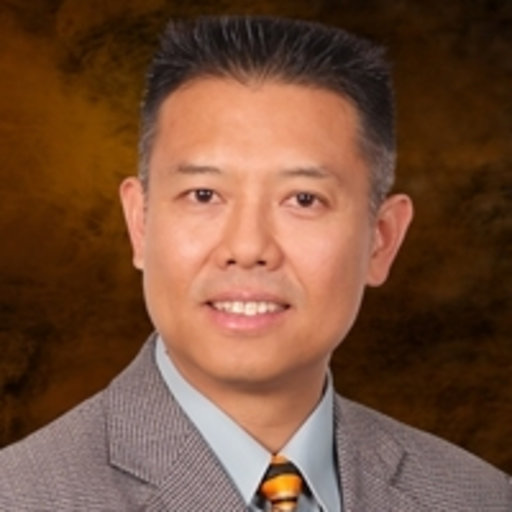
In 1992, Thanh Truong joined our faculty and pursued research in reaction dynamics and solvation models.
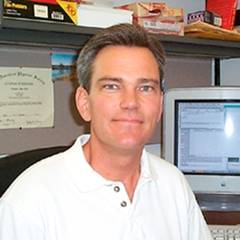
In 1997, we made a major advance by attracting Greg Voth, who brought a large graduate-student and postdoctoral contingent and who fostered our first major studies of biological molecules. His advances in this area and coarse-graining theory were monumental and produced numerous scientific offspring who now hold distinguished positions worldwide. During Greg’s time at Utah, we began to call ourselves the Henry Eyring Center for Theoretical Chemistry (HEC), and he was the first Director of HEC, a position that Valeria Molinero now holds.
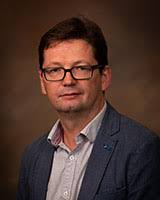
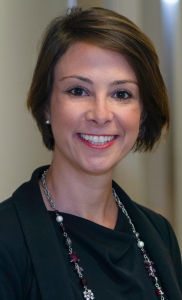
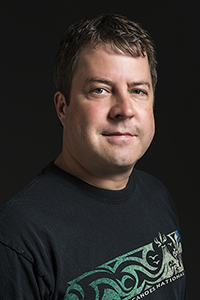
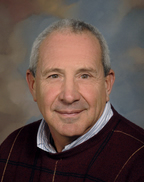
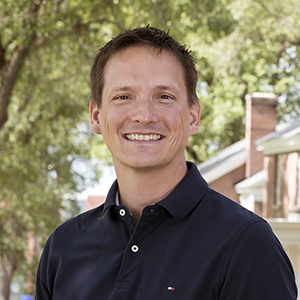
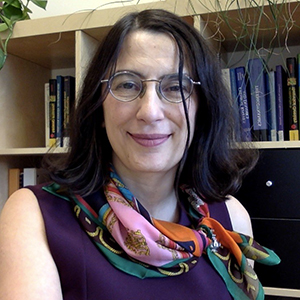

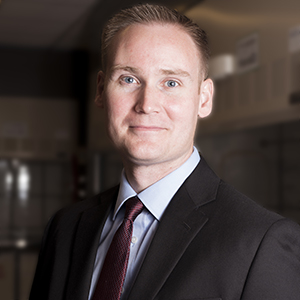

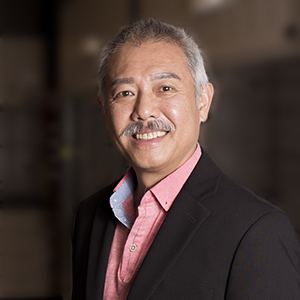
Throughout the 2000s and 2010s, HEC substantially broadened its horizons and now includes expertise in a wide variety of subjects within theoretical chemistry with Valeria Molinero (2006; theory of liquids), Ryan Steele (2011; electronic structure theory & spectroscopy), Michael Gruenwald (2014; materials & assembly theory), and Jessica Swanson (2019; biomolecular simulations) residing within the Chemistry Department, along with several other faculty members in other departments.
